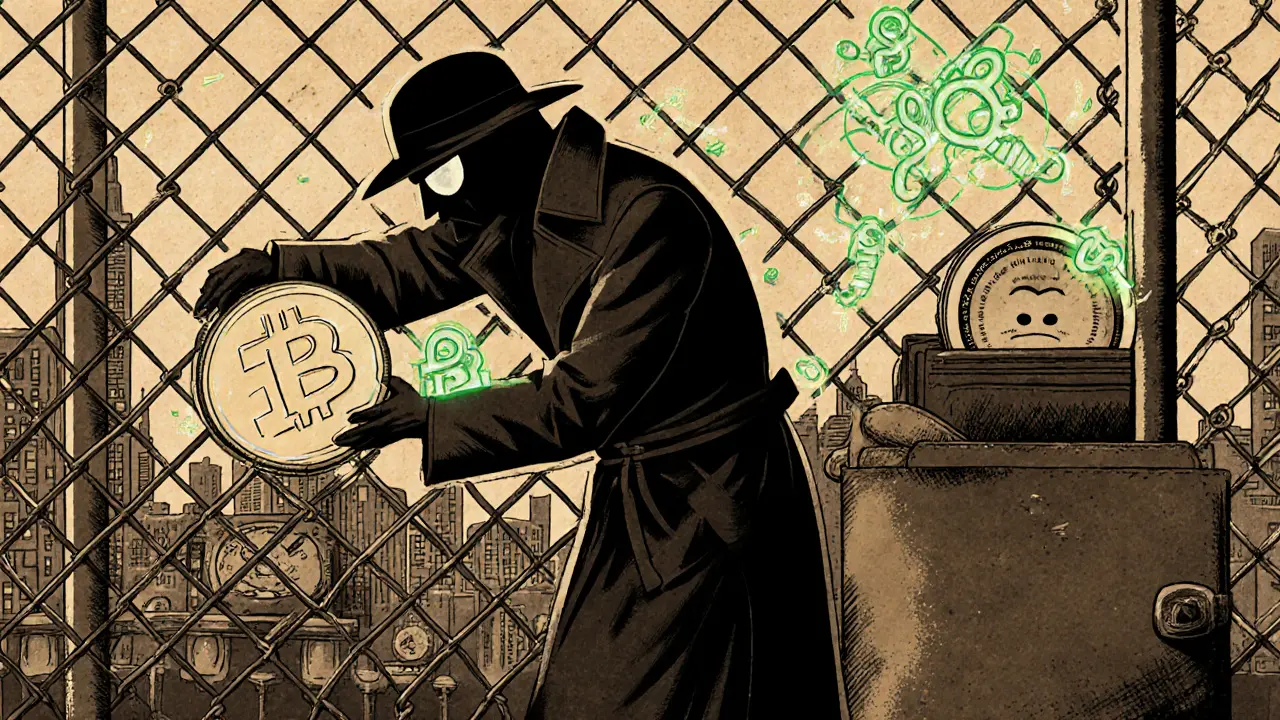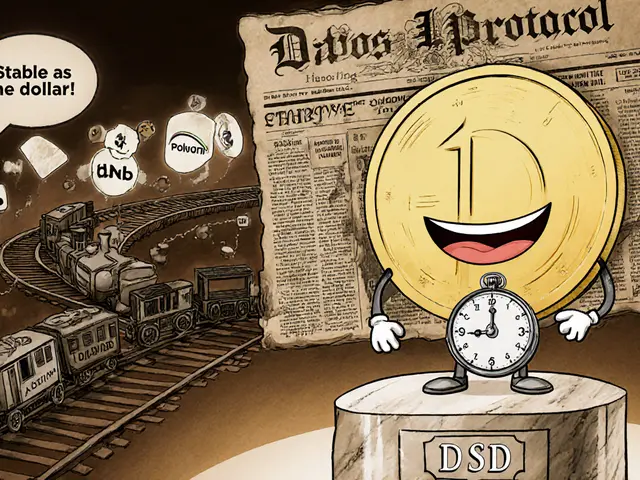Post-Quantum Cryptography: What It Is and Why It Matters Now
When we talk about post-quantum cryptography, a new class of encryption designed to resist attacks from future quantum computers. Also known as quantum-resistant cryptography, it’s not science fiction—it’s the next upgrade for every blockchain, wallet, and digital signature you use today. Right now, most crypto relies on algorithms like RSA and ECC that could be broken by a powerful enough quantum computer. That’s not a distant threat. Experts agree it could happen within 10 to 15 years. And when it does, every unsecured transaction, every encrypted message, every locked wallet could be exposed.
That’s why organizations like NIST, the U.S. agency leading the global standardization of quantum-safe algorithms are already picking new cryptographic standards. They’ve narrowed down dozens of candidates to a handful of finalists—like CRYSTALS-Kyber and CRYSTALS-Dilithium—that are being tested for real-world use. These aren’t just theory. They’re being coded into software right now, and some blockchains are already preparing to swap out old encryption for these new ones. Without this shift, even Bitcoin and Ethereum could become vulnerable to retroactive decryption. Imagine someone in 2030 unlocking your old wallet because they cracked the math you trusted in 2025. That’s the risk we’re trying to prevent.
And it’s not just about money. quantum computing, a type of computing that uses quantum bits to solve problems exponentially faster than regular computers could break digital identities, secure messaging, and even government records. That’s why every crypto project that cares about long-term security is watching this space. You won’t see "post-quantum" on every coin’s homepage, but the ones that are quietly building it into their protocol? Those are the ones you want to pay attention to.
Right now, you’re probably not using post-quantum crypto in your daily life. But the systems behind your favorite DeFi apps, exchanges, and airdrop claim tools? They’re starting to plan for it. The posts below cover real examples—how some projects are testing quantum-resistant signatures, what’s being built on top of NIST’s standards, and which tokens are already ahead of the curve. You won’t find hype here. Just clear breakdowns of what’s real, what’s coming, and what you need to know before the shift happens.
Quantum computing could break the encryption protecting Bitcoin and other cryptocurrencies. Learn how Shor's algorithm threatens crypto security, which coins are most at risk, and what you can do today to protect your assets.
Continue reading





